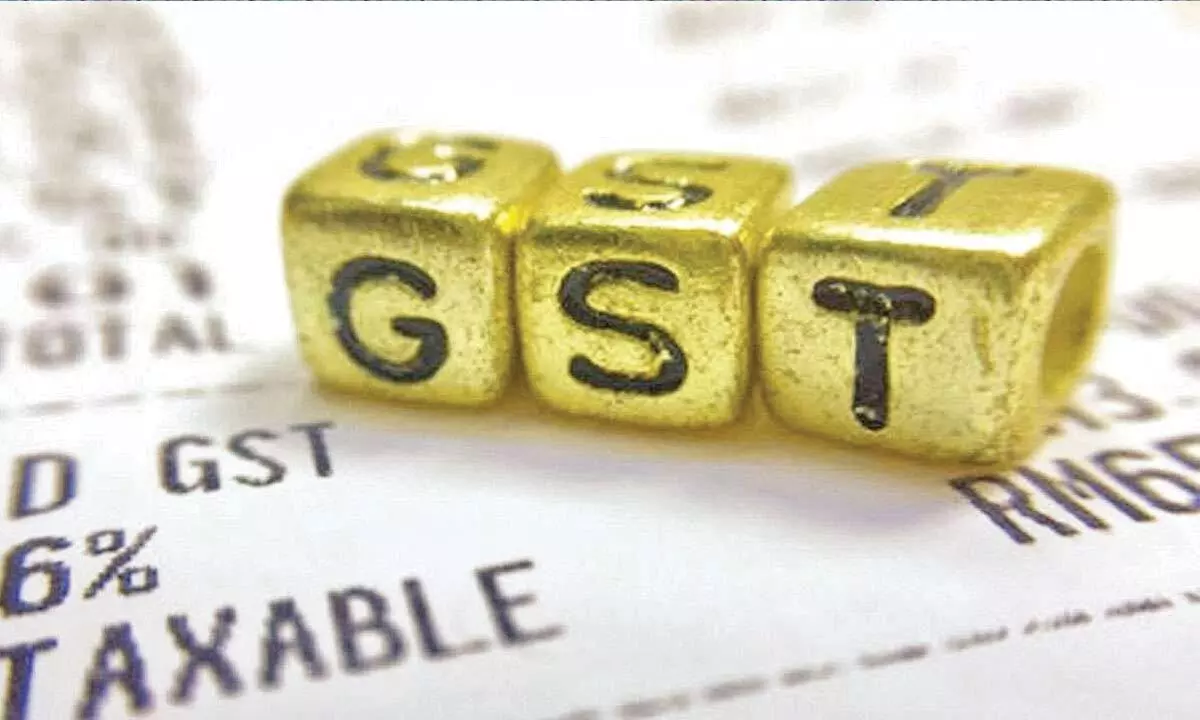Hardships for taxpayers remain unresolved
Tech usage to plug revenue leaks; Rs1.3 lakh cr monthly tax a ‘new normal’
image for illustrative purpose

New Delhi: India's biggest tax reform, the Goods and Services Tax (GST), completes its half-a-decade journey on June 30, with many hits and some misses, and also brought about a paradigm shift in use of technology to bring about tax compliance and making over Rs1 lakh crore revenue collection every month 'a new normal'.
Though matured at a fast pace, few other hardships faced by taxpayers in relation to unwarranted and excessive issuance of show cause notices (for reconciliations of financial numbers, grant of registration, etc) and introduce a robust, technology driven single assessment process, which would achieve the twin objective of ease of doing business and remove the cascading effect of taxes, said tax experts.
A nationwide Goods and Services Tax (GST), which subsumed 17 local levies like excise duty, service tax and VAT and 13 cesses, was rolled out at the stroke of midnight on July 1, 2017. Under GST, a four-rate structure that exempts or imposes a low rate of tax of 5 per cent on essential items and top rate of 28 per cent on cars is levied. The other slabs of tax are 12 and 18 per cent. In the pre-GST era, the total of VAT, excise, CST and their cascading effect led to 31 per cent as tax payable, on an average, for a consumer.
Besides, there is a special 3 per cent rate for gold, jewellery and precious stones and 1.5 per cent on cut and polished diamonds. Besides, a cess is levied on the highest tax slab of 28 per cent on luxury, sin and demerit goods. The collection from the cess goes to a separate corpus — Compensation fund — which is used to make up for revenue loss suffered by the state due to GST rollout. GST also represents an unprecedented exercise in fiscal federalism as the Centre and states come together in the GST Council to thrash out modalities for smooth functioning of the relatively new tax regime.

